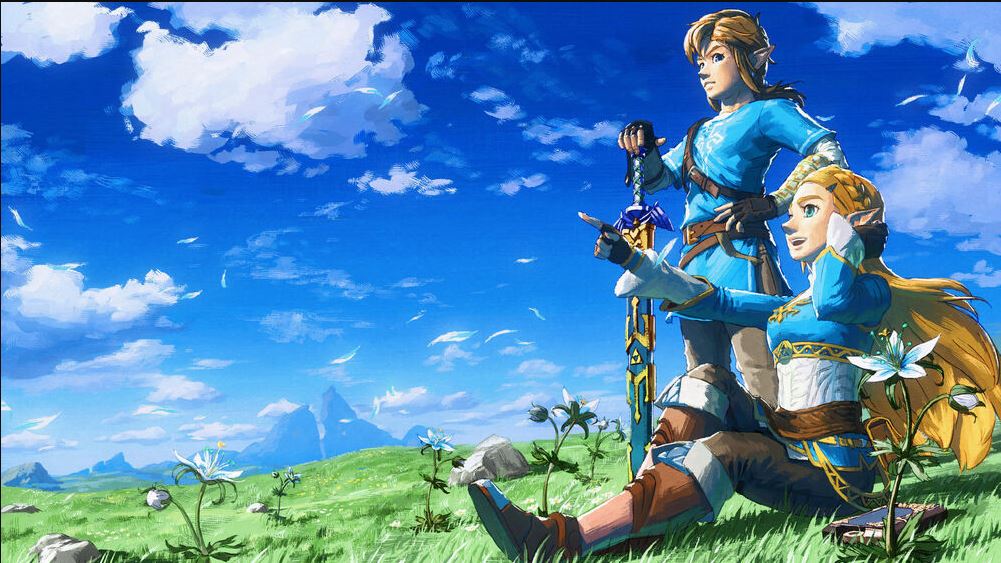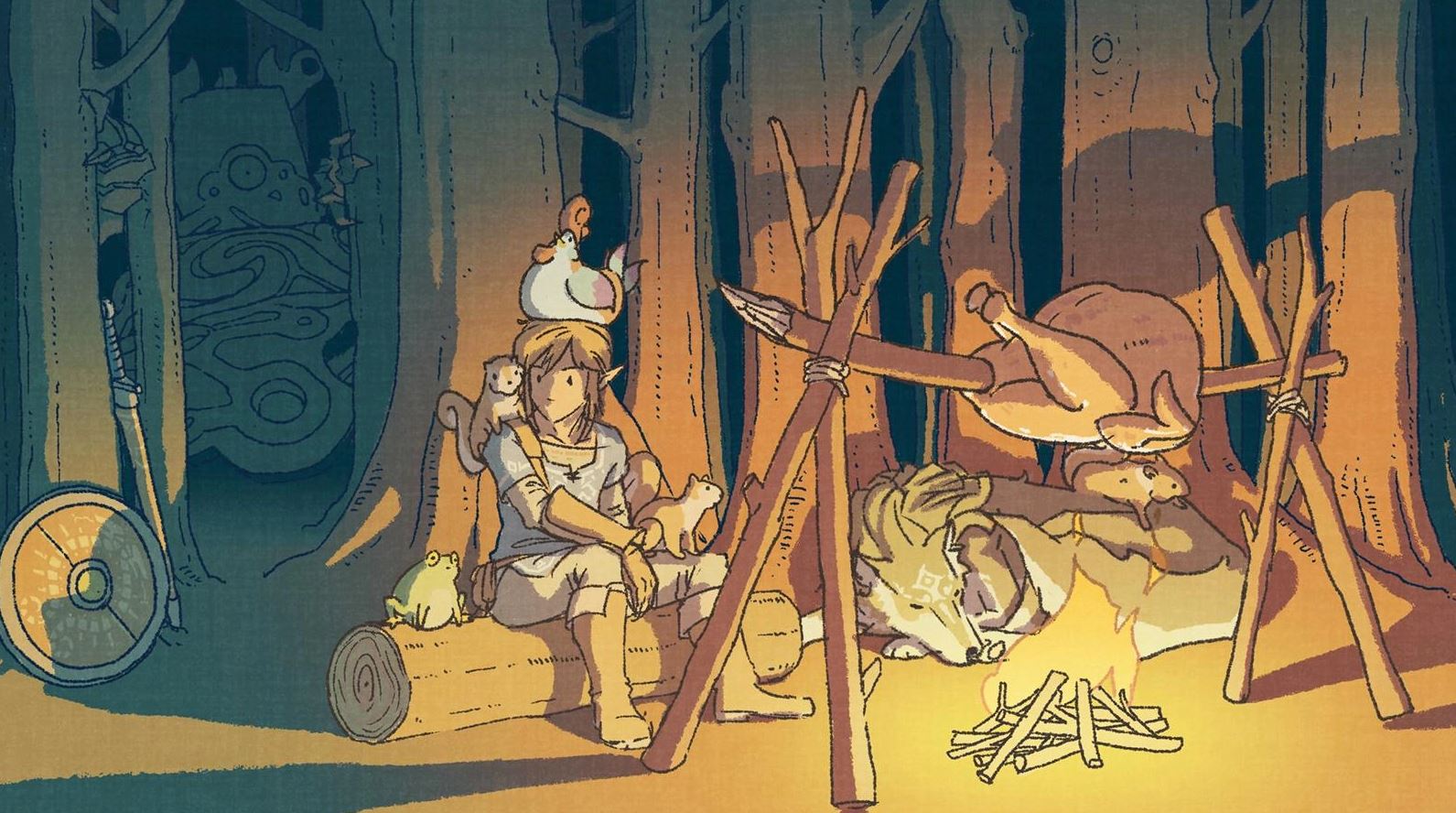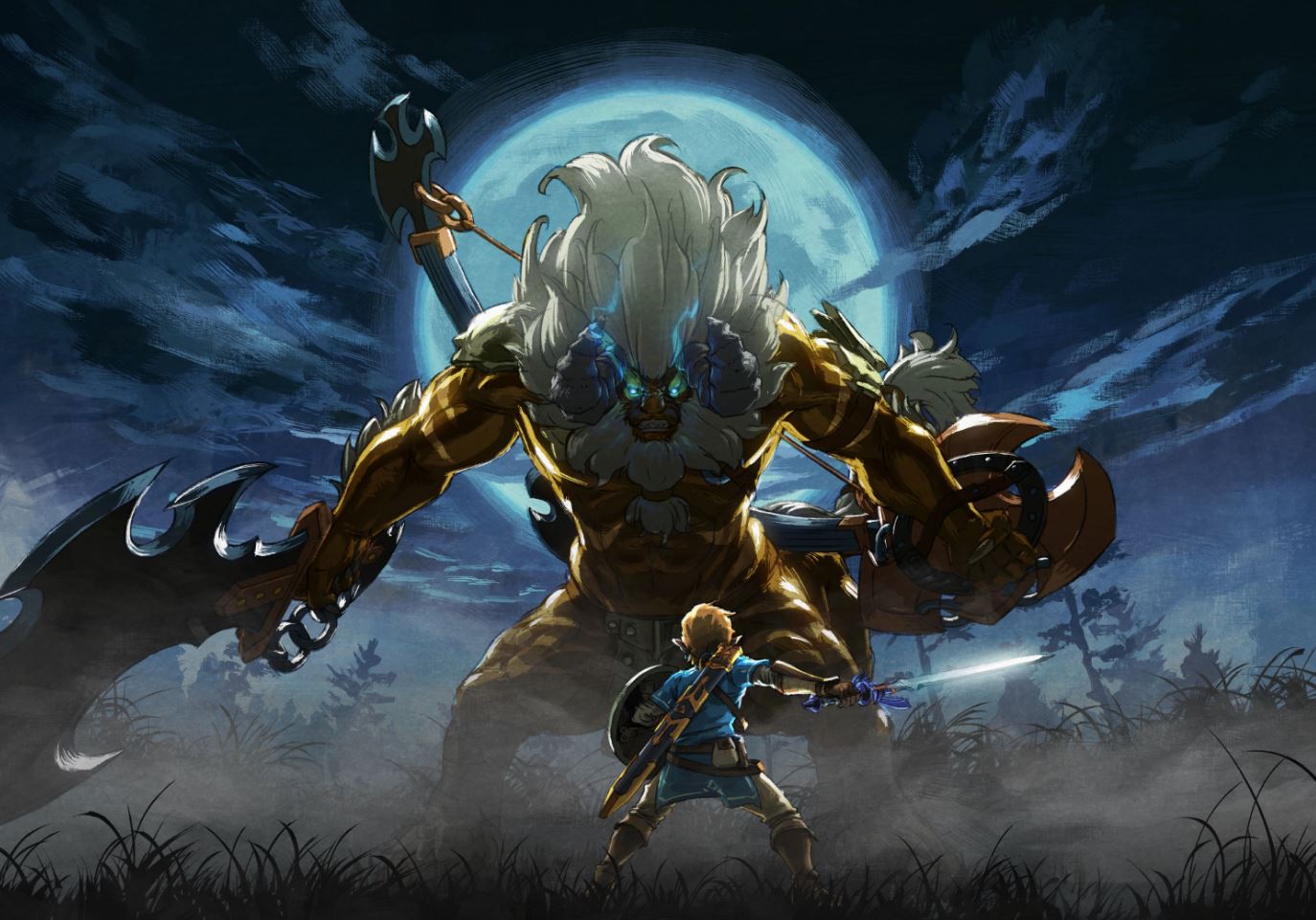Ever since The Legend of Zelda: Tears of the Kingdom gameplay deep dive released a few days ago, the internet has been awash with cries of disappointment seeing that the weapon durability and degradation system returning from Breath of the Wild.
Fans of the long standing series have voiced their discontent with the system to varying levels, some viewing it as a trivial system that just didn’t need to exist, and some citing it as the reason they won’t play either game.
Today, in the first unpopular flag planted in this website, we’re going to not only defend the system from its criticisms, but argue that it’s a system which allowed Breath of the Wild to shine as brightly as it did.
The Original System

The original system for Breath of the Wild had you finding and collecting an arsenal of weapons throughout the game, each with a finite durability.
Once your trusty soldiers sword had been embedded firmly in enough Bokoblin skulls or once your Korok leaf had caught on fire enough times because you didn’t think a torch was worth the inventory space, the weapon would break, shattering into a thousand small shards of light, the way all metal and wooden objects do.
Criticisms of the System
Critics of the durability system have voiced their discontent with the system based off three main reasons; it’s a system that creates a feeling of anti-exploration and it trivializes the accomplishments of the player in combat.
The idea, as stated in Skill Ups excellent review or this article from Luke Plunkett of Kotaku, is that the design of the current system is counter intuitive to exploration because it makes critics feel as though they need to skip over Bokoblin encampments or Lizalfos ridden swamps because engaging in them might risk the loss of an excellent weapon.
Further, that this then diminishes the feelings of accomplishment when encountering a boss and ultimately defeating it because the victory was dependent on the numbers attached to the gear, rather than the skill level of the player.
Having stuff break so fast removes any sense of ownership or achievement you had in getting them, and makes you wonder why you’d bother getting that stuff at all.
I’d like to counter these points one at a time.
Pro-Exploration

Not only do I feel the current degradation system is not anti-exploration, I feel the exact opposite; the current system encourages and calls upon the players sense of exploration.
The questioning of why would a player engage with enemy encampments if it means they might risk losing a weapon categorically cuts both ways.
In the same line of thinking; why would you ever engage with enemy encampments if you’ve already found your one powerful weapon? Early in the game you’ve discovered an excellent 26 Attack Knights Broadsword after running straight to Hyrule Castle immediately following your time in the Great Plateau; what is the point of engaging with, well, anything in the overworld?
Being aware of the finite lifespan of your weapons encourages and demands that the player engage with everything they come across. On their way to a divine beast players know they’re going to likely lose at least one weapon, so they are encouraged to find more to offset the possible loss.
Not only this, but you’re then encouraged as a player to be creative in your approaches to these encounters. Scanning the land, marking your enemies, considering the time of day, looking for barrels, anything that will allow you to dispatch the hoard of enemies as fast and efficiently as possible.

And this leads me to my next point.
The Skill is Being Creative and Resourceful
With the way the weapon and the degradation system works, it’s easy to think that players are not being tested on their skill with combat because the game is ‘overly dependent’ on whether or not you have weapons with high Attack.
This idea is, in some ways, furthest from the truth. Players are still being tested, but not only in their combat abilities.
Your resourcefulness in overcoming this trial speaks to the promise of a hero…
Shrine Monks
They’re being tested on their resourcefulness, their ability to conserve weapons on the way to an encounter, and their creativity, by extension their ability to stretch those weapons to the end of an encounter.
On the way to any major step forward in the game, whether that be the Divine Beasts or Calamity Ganon, players will encounter a plethora of other enemies. It is a skill, an exercise in judgment and constraint, to not use the most dominating weapon outside of the most threatening circumstance. To have saved your weapon for when you truly needed it was the first test.

And with their inevitable breaking, the player is encouraged to then be creative in finding the most effective way to use the weapon.
When staring down a towering Hinox, we’re aware that it would ultimately be more beneficial to us to first shoot the Hinox in the eye to bring him down to our level so we get more damage out of our weapon than just diving around and slashing at the beasts ankles until he dies.
Conclusion
The entire system is a mechanical expression of the David vs Goliath theme that permeates every corner of the game.
It’s not enough in this broken and rusted world to just find the master sword, march into the throes of Hyrule Castle, and draw against Calamity Ganon. This monster of untethered chaos is stronger, faster, and contains an innate strength that will not nor cannot break down.

And so you, Link, you have to be more than that. You have to be clever, resourceful, prepared, and creative on top of good with a sword. This constitution, this restraint, this sharpened mind, this will power, that is what makes the Hero of Hyrule earn his name.
It was never just about weapons.


